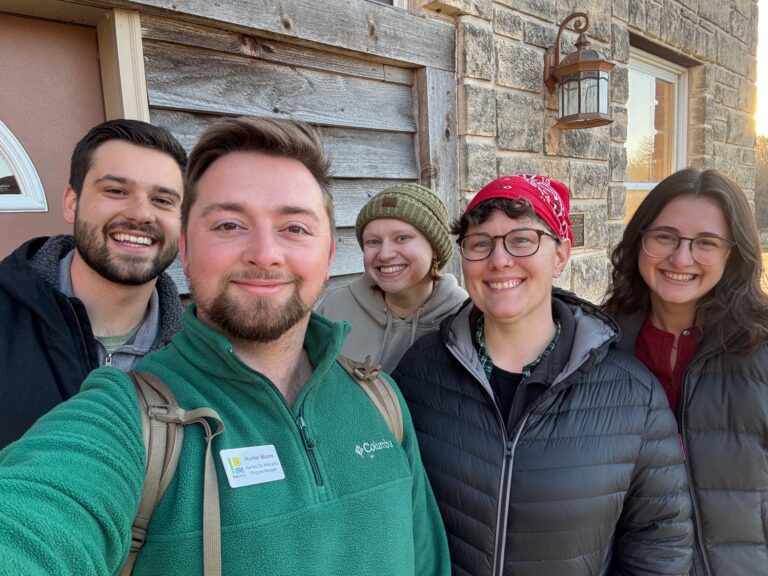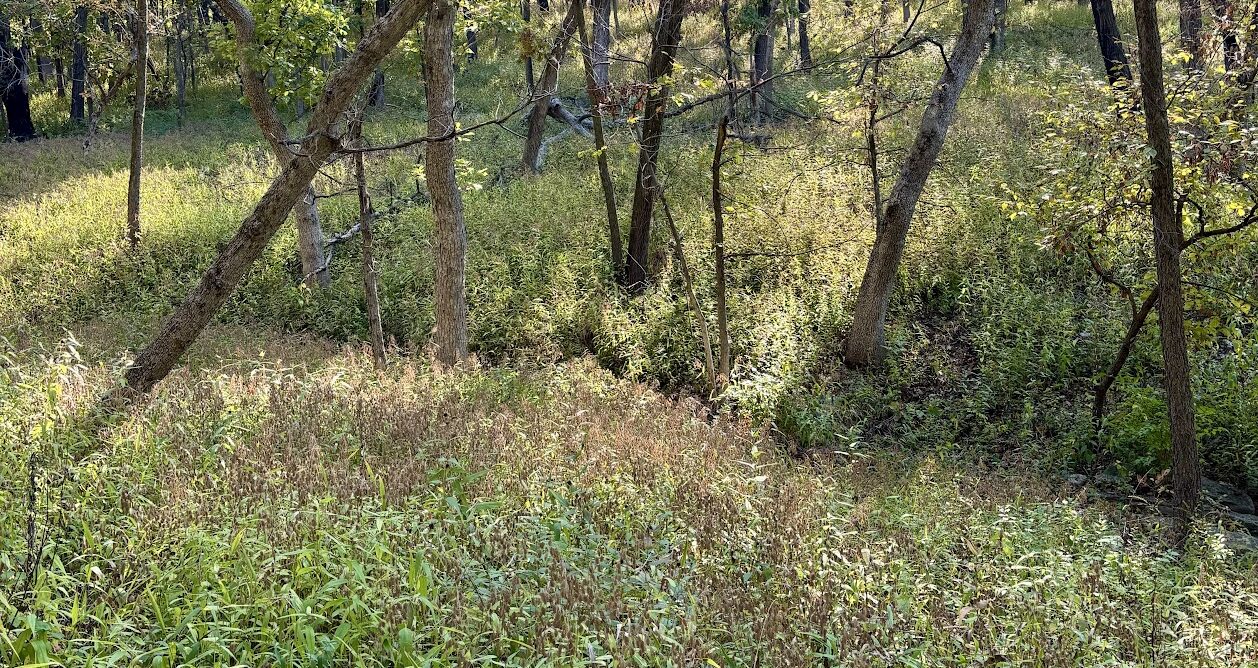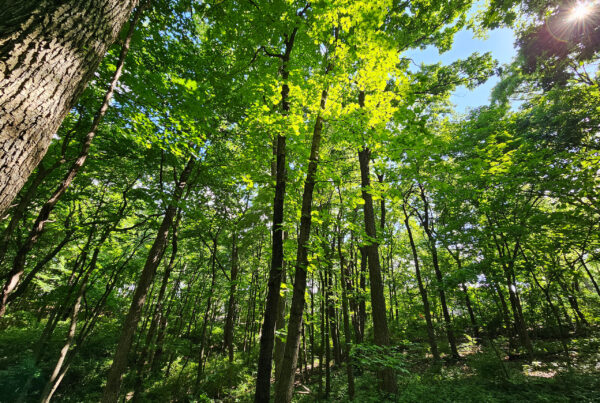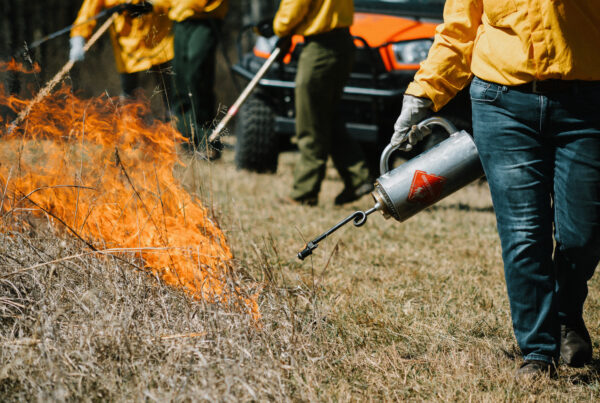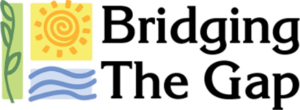Hello from your KC WildLands seed team! This is Hayley and Isabella, KCWL’s very first seasonal interns. As this program grows and expands beyond our contribution, we wanted to reflect upon our experiences from our time working at Bridging The Gap from September through January, and offer a glimpse into what this program has meant to us and what we will take away from it. We discuss our favorite WildLands sites, native plants, and memories, share resources, and consider what we’d like to see in the future for the KCWL program as it continues to grow. Lets jump right in!
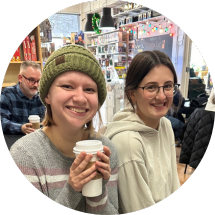
By Hayley Allison and Isabella Manning
Favorite KCWL site
HA: It is really difficult to choose a favorite out of all of the unique sites in the WildLands program. Comparing the golden fields of the Kansas prairie to the shaded rocky steps of the Missouri glades feels a bit unfair. I personally resonated the most with our Blue River Glades Natural Area site. Flowers bloom from April through September, from early spring spiderwort and orange puccoon to the brilliant purple flowers of scaly blazing star, Liatris squarrosa. Fall also brings a dynamic color change and, in my opinion, the very best color suited for the site. Big bluestem and golden feather grass turn the glade golden, a gorgeous paradise complete with the satisfying crunch of fallen leaves under foot. It is a real treat to have the natural environment so close at hand within the congested bustling nature of a big city.
IM: KCWL manages a diversity of sites– they all feel different and special in their own way. I personally loved getting to know Rocky Point Glades in Swope Park. This is a unique area comprising oak savanna and limestone glades. This means this area is partially shaded by trees but has open areas referred to as glades. The limestone composition of the soil leads to open, rocky areas where certain plant species thrive especially when prescribed burns are used to keep shrubs and invasive species from taking over. Rocky Point Glades was impressive this season due to how many river oats (Chasmanthium latifolium) we collected there; it felt unlimited at times wading through the dense coverage of river oats. As combating invasive species like invasive honeysuckle is an important facet of KCWL’s work, we can use river oats as native seed coverage after honeysuckle is removed from an area to encourage other native species to reclaim the area.
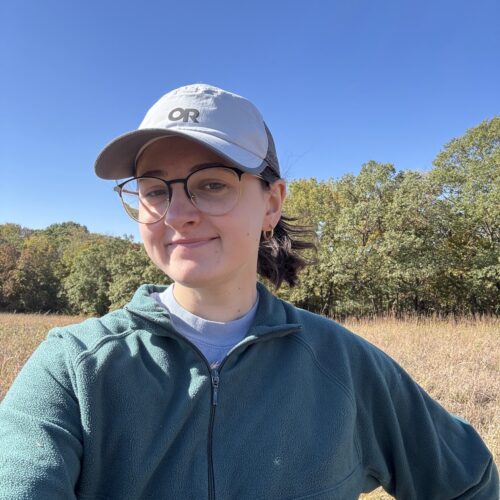
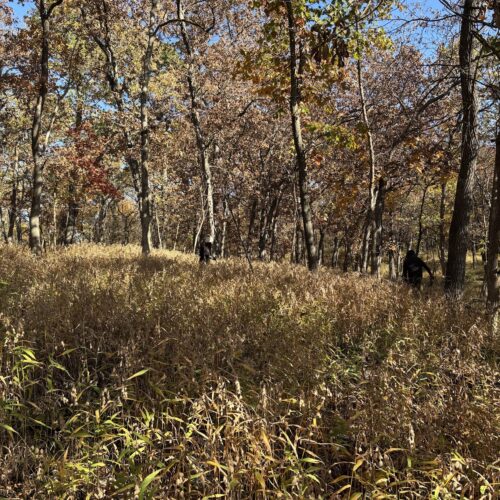
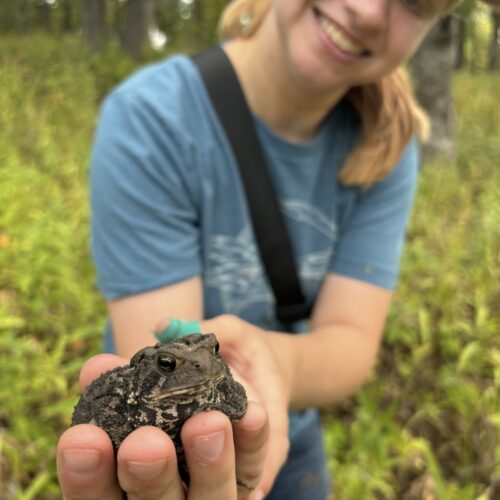
Favorite seed or plant
HA: As a passionate pollinator protector, I would have to say that my favorite plant at the moment would be the prairie blazing star, Liatris pycnostachya. In full bloom the blazing star is spectacularly purple with a unique growing pattern that has new buds grow top-down on its tall stalk. Towering over other plants with vibrant purple florets, the blazing star is a rich source of nectar and pollen to a wide variety of bees, butterflies, and moths. The prairie remnant site at Ernie Miller Nature Reserve has a field full of these dazzling plants, and a monarch butterfly is sure to be spotted fluttering in the sea of purple!
IM: From a seed-collecting perspective, it doesn’t get better than tall thimbleweed, or Anemone virginiana. They produce seed heads that are extremely soft, dense, and woolly, that don’t immediately fly away in a cloud of fluff like milkweed seed. However, the light wooliness does lend itself well to wind dispersal of seeds. They are native to and widespread in North America and grow little white flowers from the buttercup family Ranunculaceae.
Resources for exploring KCWL sites and beyond
IM: I always like to promote iNaturalist as a resource that anyone can use for personal plant, fungi, or animal identification, and you can contribute to citizen science as well. iNaturalist is a webpage and app that allows you to upload pictures for quick identification, which is then confirmed by other users and if the picture is good quality and gets identified, it can be used for research. “Seek” is also an app by iNaturalist that makes it even easier to point your camera at a species and immediately get an identification. I used both of these apps a ton over the field season, and it’s also fun to have a record of the different organisms I’ve seen over the years. I’d recommend them to anyone of any age interested in what’s living in their own backyard or beyond. If you enjoy these apps already, try out an identification book that’s local to your state or ecological region. I’ve especially found that engaging with a physical book and taking the time to find what I’m trying to identify does commit itself to memory better than quickly logging something in the app.
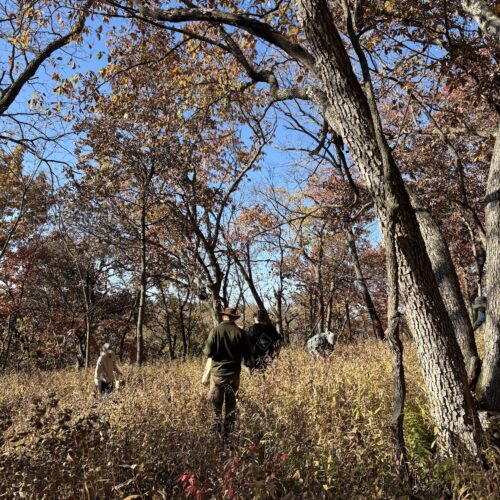
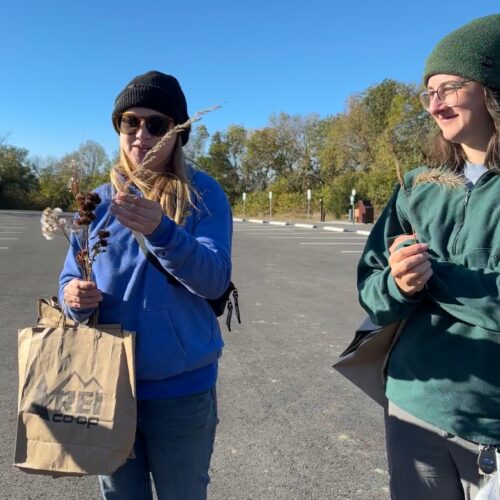
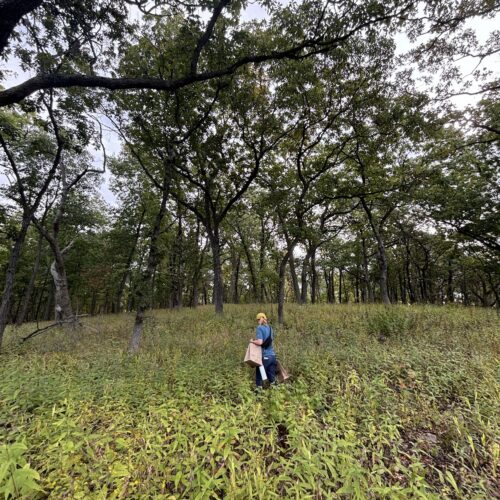
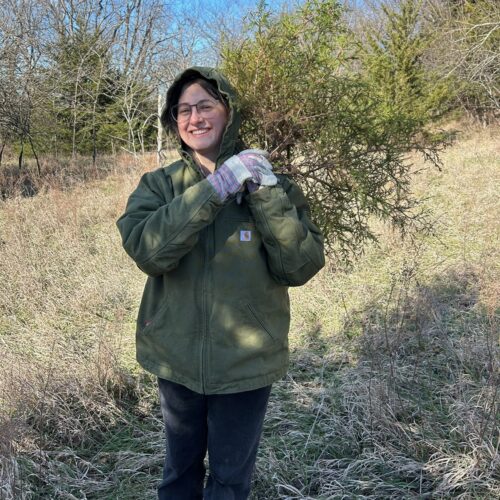
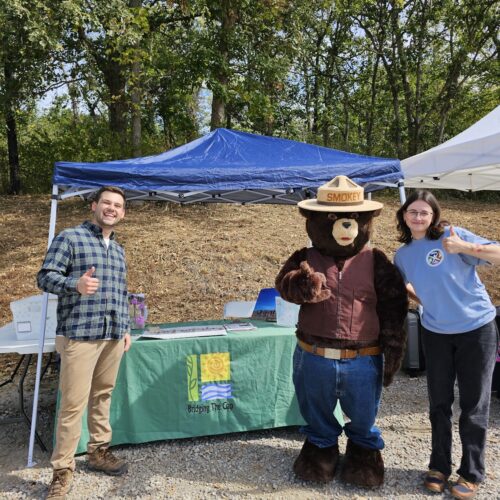
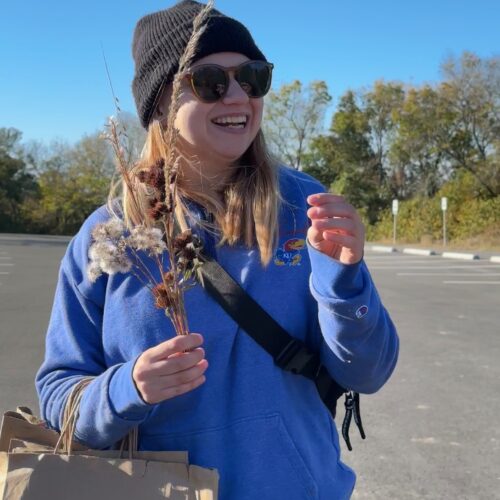
Favorite memory
HA: My number one goal out of this position was to get out and connect not only with local nature sites but also with similarly passionate people who strive to make a difference with our native lands. While solo site visits are enjoyable and allow for quiet self-reflection, the volunteer groups that I led on seed collections will remain as some of my treasured memories. Hearing individuals’ stories and experiences with all of us passing along our own knowledge and resources was an incredibly rewarding experience.
IM: The community passion for native plants is amazing! Likewise, I’ve really enjoyed getting to know our incredible volunteers– whether they have volunteered for years and have more knowledge than I do on species identification, or it’s their first time on a KCWL site and they’re discovering the beauty of a remnant prairie for the first time, it’s extremely rewarding to learn about peoples’ backgrounds and what makes conservation and restoration important to them.
Future KCWL projects or areas for growth
HA: As KC WildLands evolves and grows in the coming years, I would love for there to be a BIG seed collecting event that aims to have the large, combined effort of our volunteers focused on one individual day to collect multiple species within one of our bigger sites. I find it especially important to bring together volunteers, new and old, celebrating the shared knowledge we possess and passing it along to new generations of passionate plant people. These are the moments that build up the community and allow for programs such as ours to flourish.
IM: I’d also like to see more social events for the KCWL volunteer community. We had a few this year that were so much fun and helped to build community, which we can never have enough of. In addition to Hayley’s note on larger-scale seed collecting events, I’d love to see those be complemented by social gathering time before and after. Community is everything, in ecology, and for humans!
